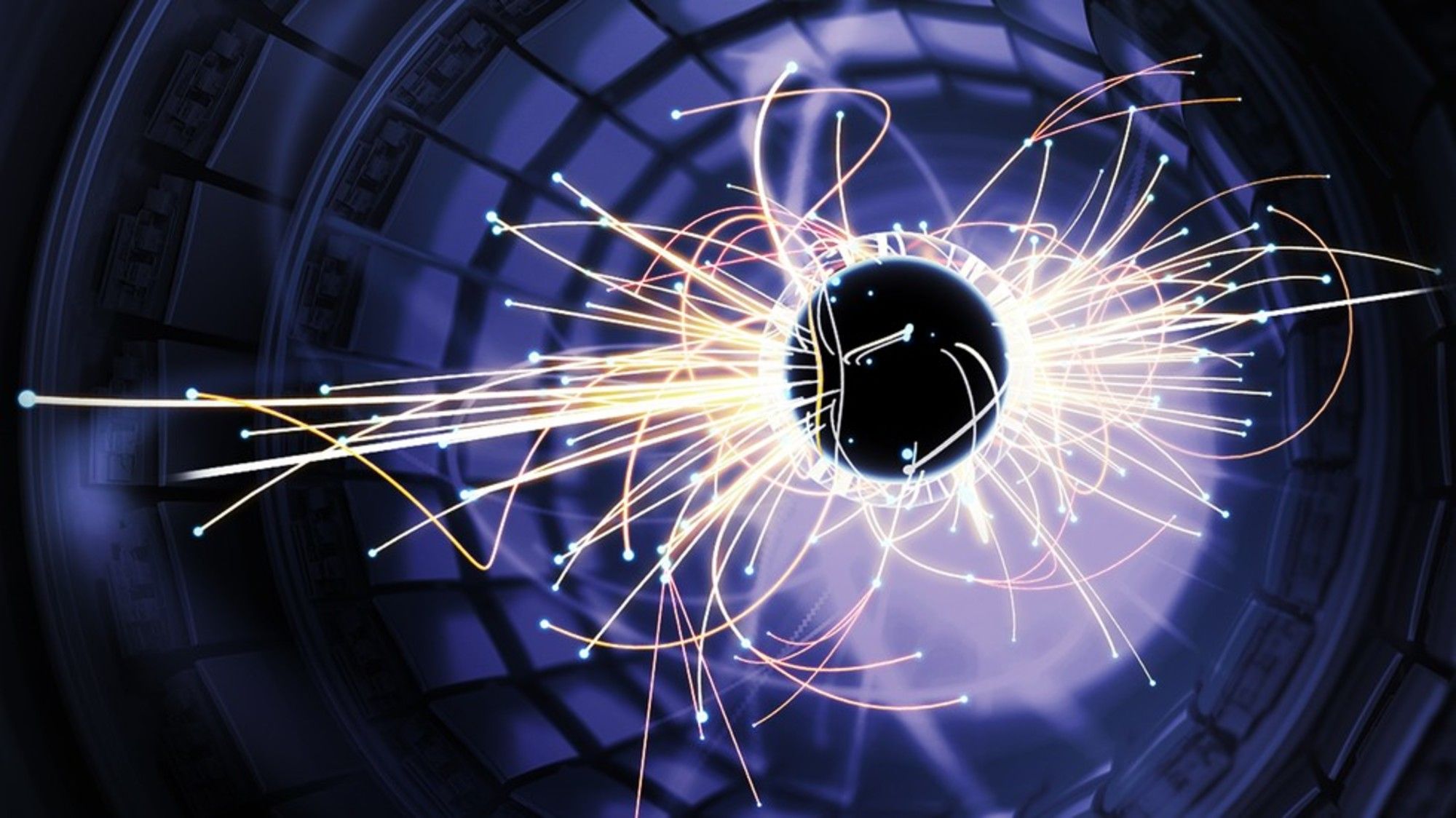In the grand tapestry of particle physics, the quest to unravel the profound mysteries of the universe often leads us to ponder the question of mass. At the very heart of this inquiry lies the pursuit of understanding the most massive particle known to humankind. To frame this inquiry, let us embark on a journey through the subatomic realm, where particles intermingle in an intricate dance of energy and mass.
To begin with, it is imperative to delineate the notion of “massive” within the context of elementary particles. The particles that inhabit our universe exhibit a veritable spectrum of mass values, from the almost negligible mass of the electron to the more substantial heft of the Higgs boson and beyond. However, when we contemplate the zenith of massiveness in particle physics, we inevitably arrive at the titan of the particle zoo: the top quark. This quark is not merely a ephemeral entity; it is a behemoth in the subatomic landscape.
The top quark, first observed in 1995 at Fermilab’s Tevatron collider, possesses an astonishing mass approximately 173 GeV/c2, making it more than 38 times as massive as its sibling, the bottom quark. The existence of the top quark illustrates a perplexing dichotomy: while it is the most massive of the fundamental particles, it is also the most elusive, decaying almost instantaneously into lighter particles. The fleeting nature of its existence renders the top quark akin to a comet—observed in infrequent, transient bursts yet leaving behind a trail of tantalizing implications for our understanding of the universe.
Through the lens of quantum chromodynamics (QCD), which describes the interactions between quarks and gluons, we can apprehend how the top quark acquires its formidable mass. Theoretical frameworks, including the Higgs mechanism, provide a vital insight into this phenomenon. According to this paradigm, the top quark interacts with the Higgs field, a pervasive energy field that endows particles with mass. Consequently, this interaction not only accentuates the top quark’s mass but also serves as a key component for the stability of the universe itself. Without the top quark, the intricate balance of mass within the Standard Model would falter, analogous to a house of cards that collapses with the removal of a single foundation card.
Moreover, the significance of the top quark extends beyond its mere mass. It has been posited that the top quark plays a pivotal role in electroweak symmetry breaking, further illuminating the delicate interplay between elementary forces. This role can be likened to that of a linchpin—in its presence lies the stability required for the forces of the universe to function harmoniously. The studies surrounding the implications of the top quark’s mass and its interactions form a foundational pillar in the ongoing pursuit to unify the forces of nature.
In examining the broader implications of the top quark’s heft, one must also consider its potential link to the enigmatic concepts of dark matter and the hierarchy problem. The very existence of massive particles may provide clues to the elusive dark matter that constitutes a significant portion of the universe’s mass-energy content. Theoretical investigations posit that interactions involving the top quark could shed light on candidates for dark matter particles, opening pathways to a deeper understanding of both visible and dark realms of the cosmos.
Interestingly, the top quark’s narrative does not exist in isolation. It intertwines with the exploration of other massive entities such as the W and Z bosons, as well as the Higgs boson itself. The latter, discovered at CERN’s Large Hadron Collider in 2012, confirmed long-held theoretical predictions regarding the mechanism that imparts mass. This monumental discovery validated the strategic confluence of mass and energy, reinforcing the symbiotic relationship between particles that dictate the architectural framework of the universe. Each of these particles contributes a brushstroke in the grand tableau of existence, weaving a compelling tale of complexity and elegance.
Overall, this inquiry into the most massive particle transcends the mere measurement of mass; it offers profound philosophic reflections on our existence and the underlying fabric of reality. The top quark emerges as both a symbol and a functional entity, embodying the duality of presence and absence. Its immense mass correlates with substantial questions about the nature of matter, energy, and the foundations of the cosmos. As we ponder the enigmatic qualities of the top quark, we must also acknowledge the monumental strides made in particle physics—an endeavor where precision and abstraction converge to illuminate the shadows of the unknown.
In summation, the inquiry surrounding the most massive particle intricately intersects with the greater narrative of particle physics. The top quark, with its unparalleled mass and ephemeral nature, serves as a compelling focal point in our ongoing exploration of the universe. It captivates the imagination, inviting us to consider the nature of existence itself. As science progresses and new discoveries unfold, one can only wonder what revelations about massive particles lie ahead, beckoning us to extend our gaze ever further into the depths of this astonishing realm.












